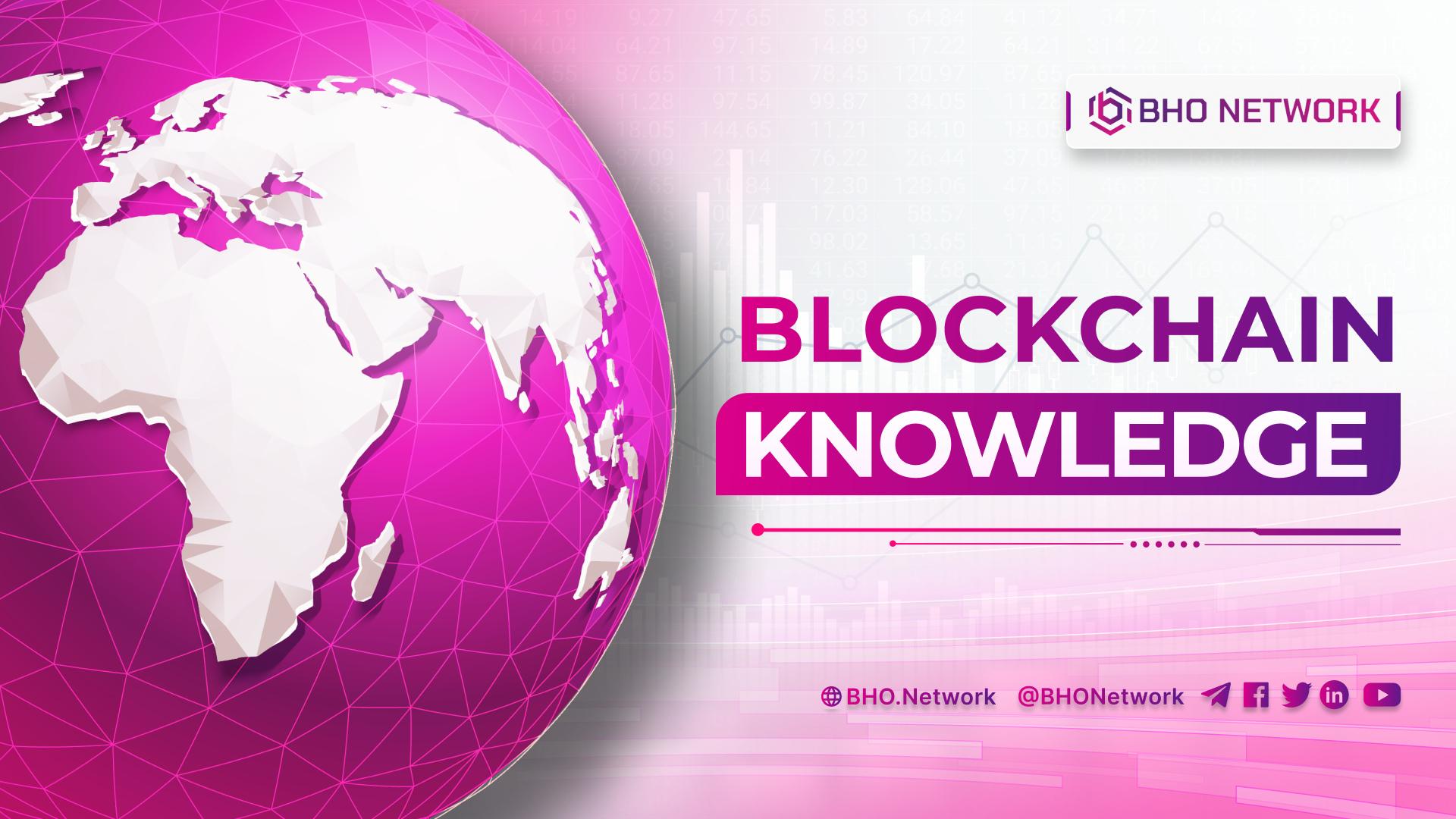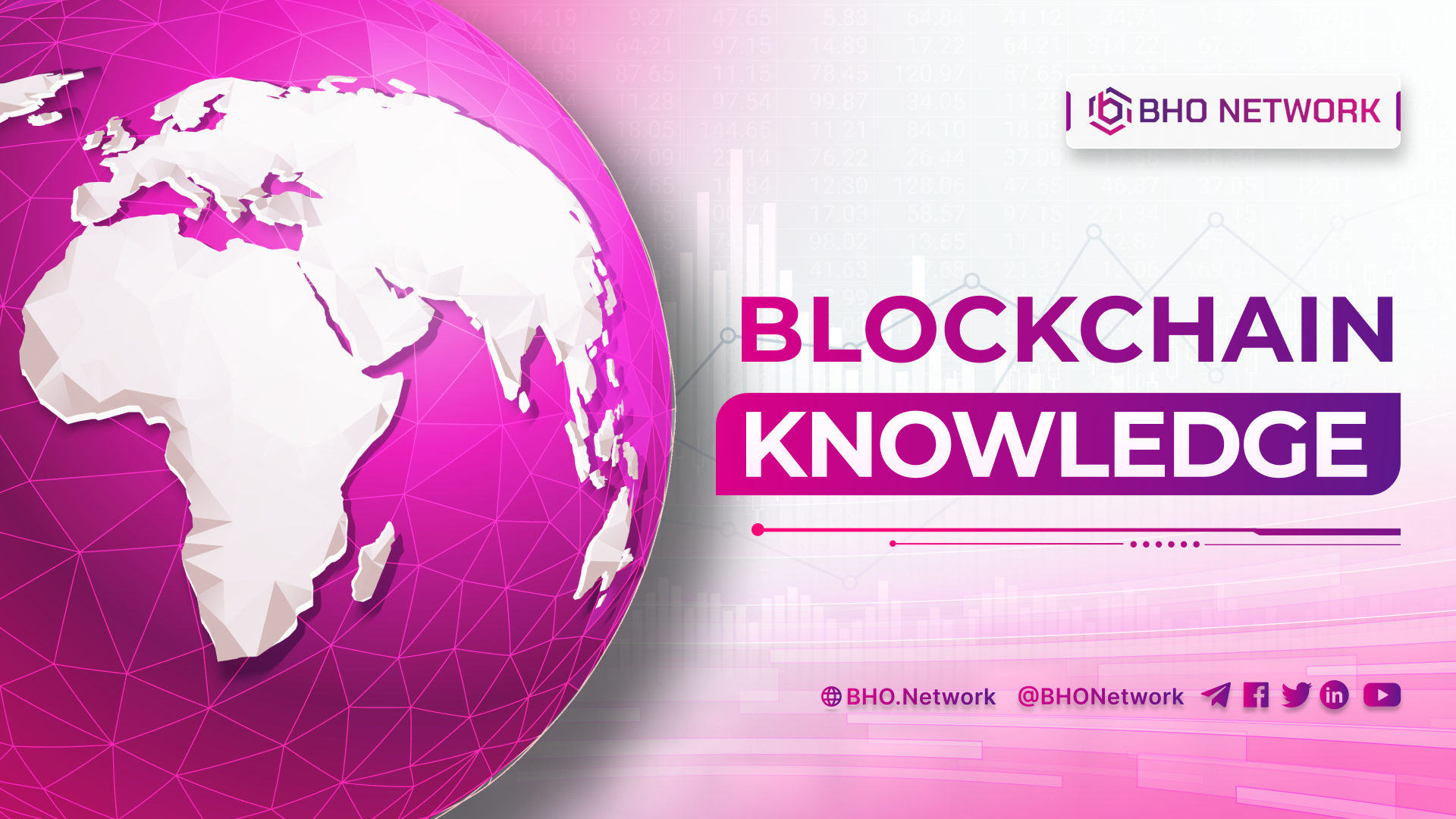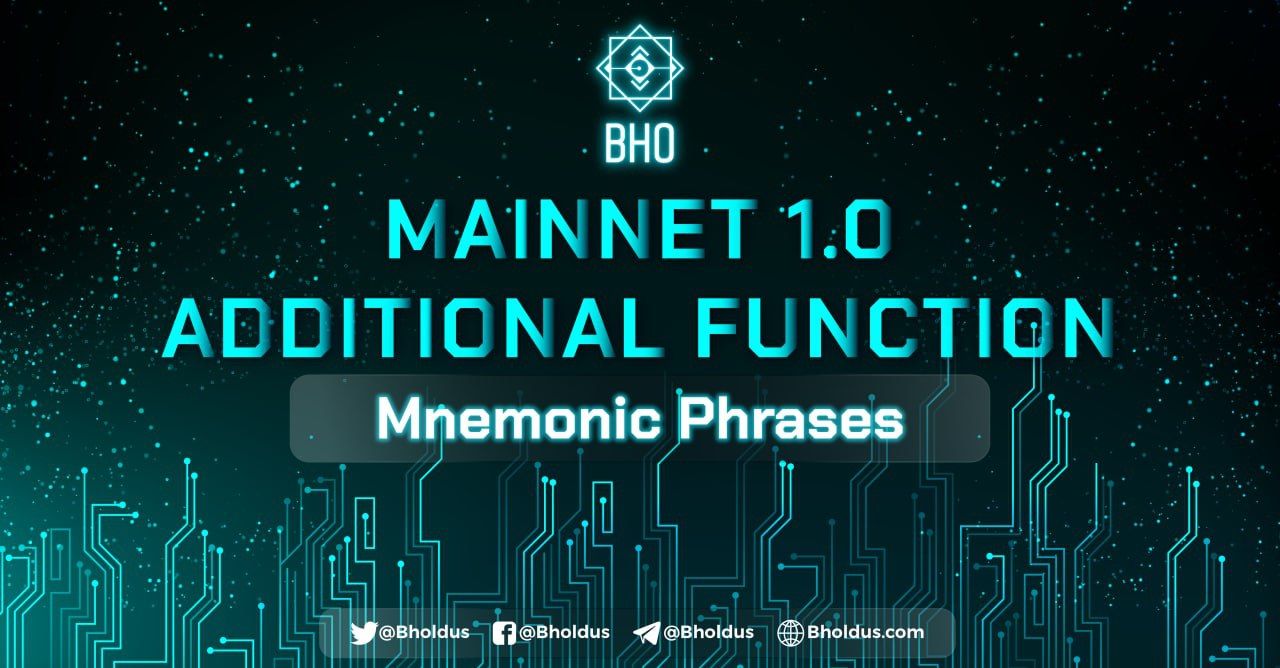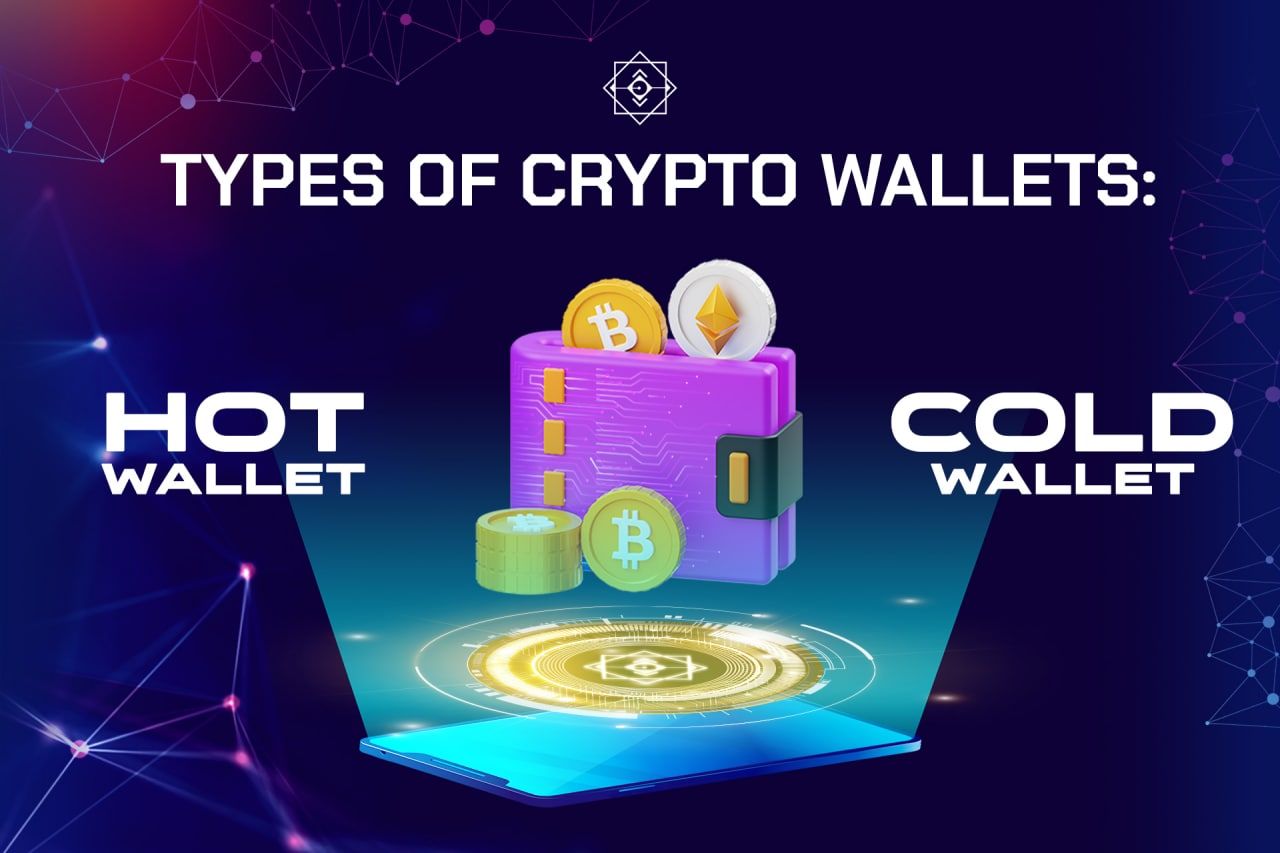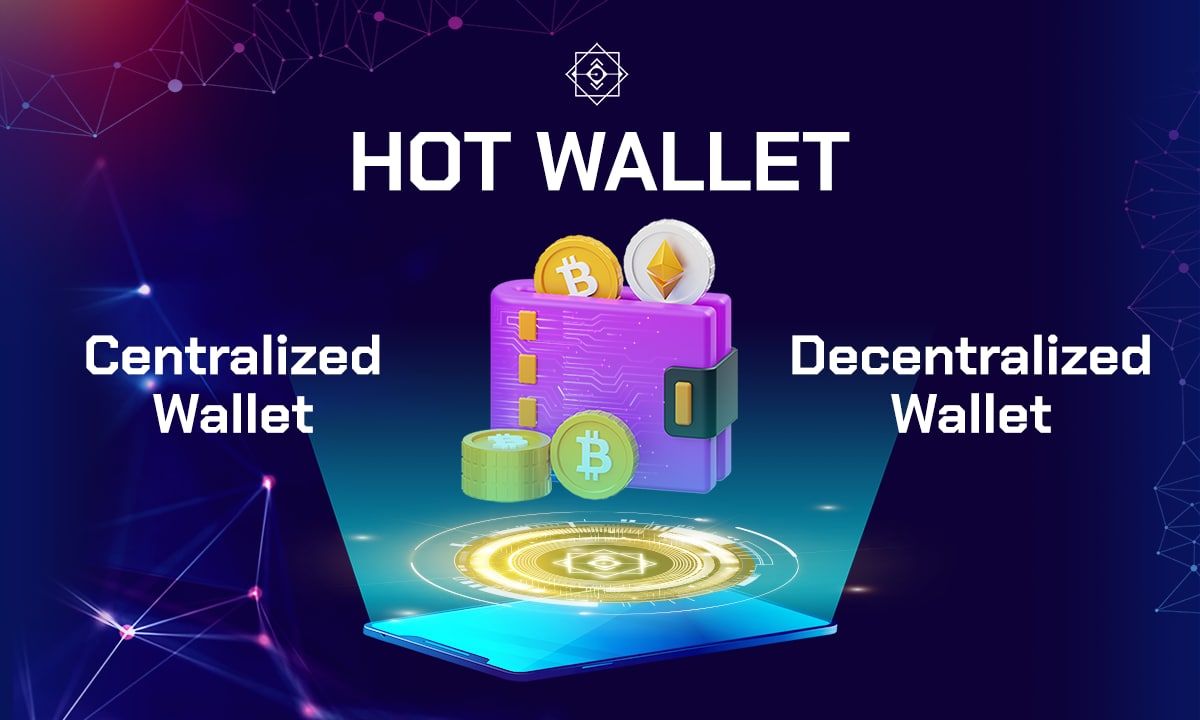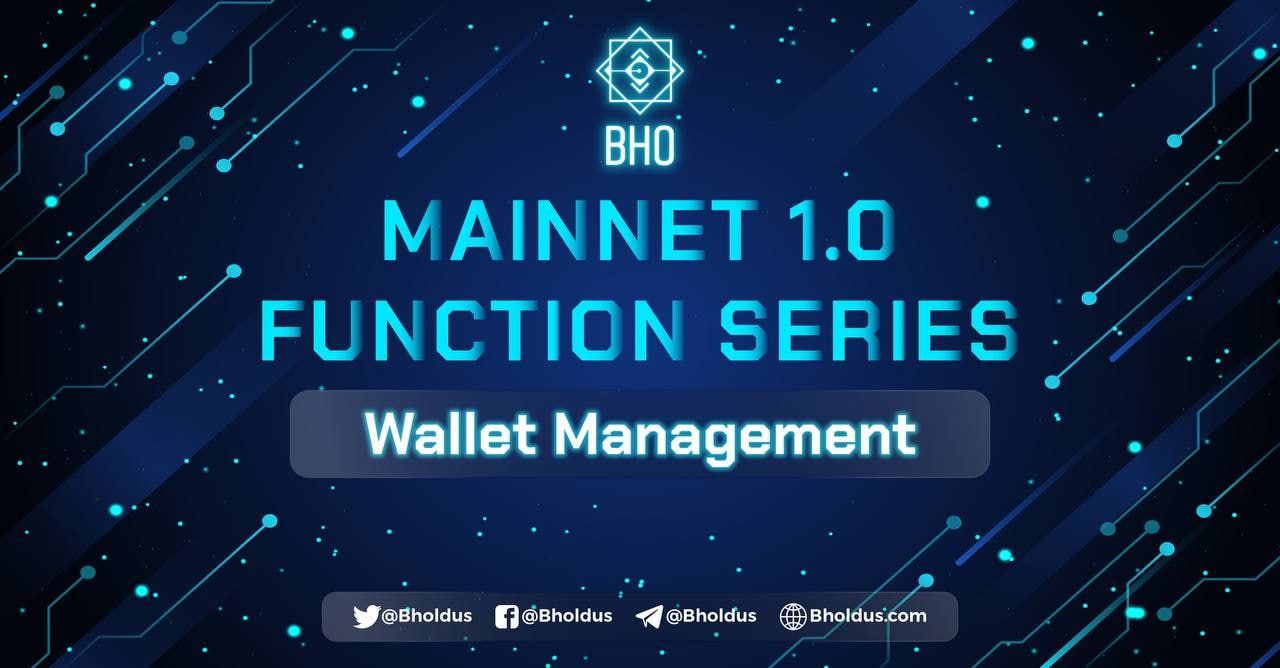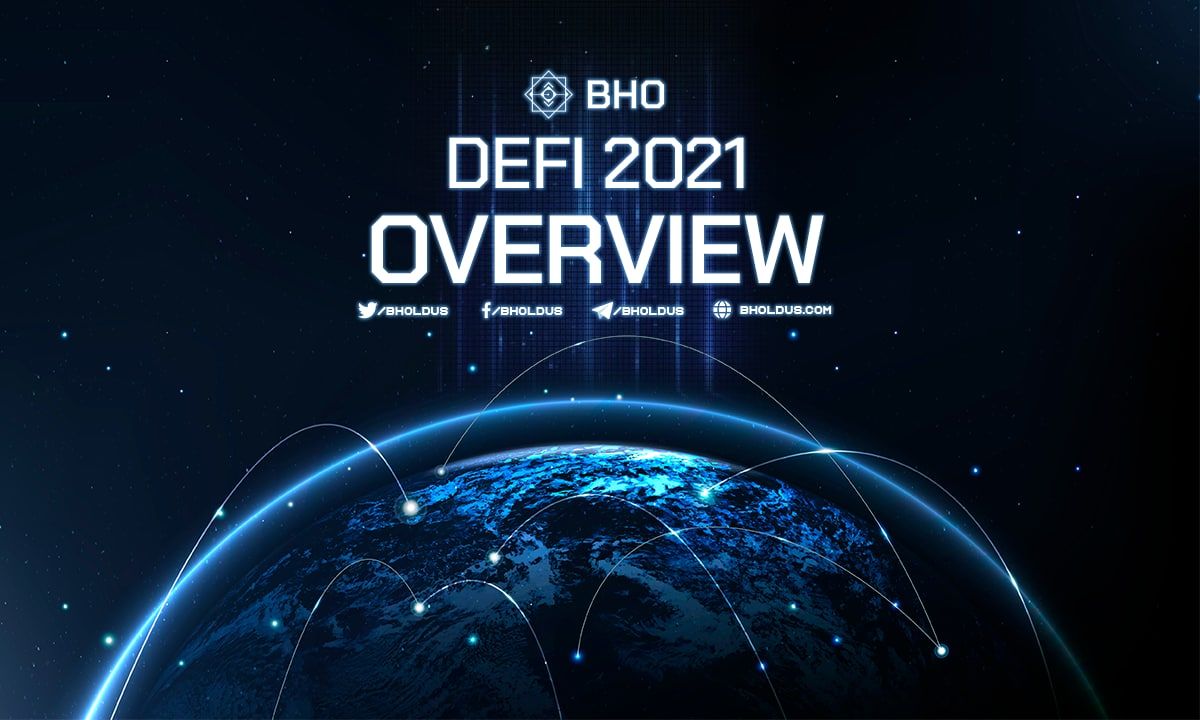- Blog
- Crypto News
- What is Lending? How does Lending work?
What is Lending? How does Lending work?
- 1. What is Lending?
- 2. Highlights of Lending
- 2.1 Advantages
- 2.2 Disadvantages
- 3. How Lending Token
- 4. Crypto Lending Forms Crypto
- 4.1 What is Over-Collateralized Lending?
- 4.2 What is P2P Lending?
- 4.3 Under-Collateralized Lending?
- 5. What is Lending Token? Learn about Crypto Lending
- 6. Understanding Crypto Lending Process
- 7. Information to be concerned about in Lending
- 7.1 Lending Interest Rate - Interest Rate
- 7.2 Lending Time
- 7.3 Lending Assets
- 7.4 Lending Total Value Locked
- 8. Find out the nature of the operation of Lending
- 8.1 How Lending works on exchanges
- 8.2 How Lending Platforms Work
- 9. Impact of Lending on Token Price
- 10. Example of Lending
- 11. Should I invest Lending token?
- 12. FAQ about Lending
- 12.1 Is the Lending service reputable?
- 12.2 Where does the Lending service get money to pay the borrower?
- 12.3 Risks from the Lending model
- 12.4 Is anyone doing Lending successful?
What is Lending? How many forms of Lending are there in Crypto? What are the things to keep in mind when investing in Lending Token? Let's discover detailed information about the Lending exchange with BHO Network through the article below.
1. What is Lending?
Lending means lending. For this form, users use their assets or money to lend to others at an interest rate for a certain period.
After some time, the lender will get back the principal amount and interest as initially agreed. In this case, the borrower can be other users or exchanges.
2. Highlights of Lending
In this section, BHO Network continues to share the advantages and disadvantages of the Lending Crypto project. We invite you to read along.
2.1 Advantages
- Users can lend Tokens (assets) without doing too many procedures, such as opening a bank account or verifying collection.
- Users can freely lend their idle Tokens for interest while increasing their Tokens.
- Often platforms have many options for lending time to diversify the lender's options.
2.2 Disadvantages
- The most significant risk for the lender is that the price of the Token may be reduced during the lending period. Even the lender returns the original Token, and the interest is lower than the original.
Example: User gives Lending 100 GRT on Binance Lending within 28 days with 5% interest. Thus, the amount of Tokens collected by the lender that will be received after the end of the term is 100 GRT + interest.
At the time of lending, the price of GRT is $1. At the end time, the price of GRT is $0.5
Thus, the number of Tokens that the lender receives after the end of 28 days will be calculated according to the following formula: 100 + 100 x 5% x 28/365 = 100,383 => GRT + profit = $100,383.
But at the end of the loan, the GRT price was reduced to $0.5. Therefore, the actual amount received after giving Lending is only $50,191.
- Users can have their crypto stolen in the absence of tight security.
3. How Lending Token
To understand more about the Lending exchange, please read how Token Lending works. The Lending Crypto project works by connecting borrowers with a network of lenders already registered on the platform. Borrowers need to collateralize their cryptocurrency to be allowed to borrow money.
The lender will lend to the needy the same amount and they will earn interest on it. When the borrower repays the loan with interest, he will get his Token assets back from the Token Lending platform.
For lenders, this can be an opportunity to earn some interest. Besides, borrowers will avoid the pressure to sell tokens when they feel their price may increase in the future.
Several ICOs (short for Initial Coin Offering – a form of fundraising by startups in Token and Blockchain industries) have joined the Token Lending platform and made the whole process a breeze and more democratic.
4. Crypto Lending Forms Crypto
Lending forms are divided into 3 states:
- P2P Lending: peer-to-peer lending
- Over-Collateralized Lending: Over-standard lending.
- Under-Collateralized Lending: Subprime lending.
In particular, Over-Collateralized Lending and Under-Collateralized are two forms of using the Lending Pool mechanism, in which:
- Lender (Lender) will transfer the supported Tokens to the liquidity pool, in return they will receive interest. capacity.
- Borrower (Borrower) will move other Tokens into Liquidity Pool and will pay interest. The interest rate will be calculated automatically according to the available formula and depends on the supply and demand of each asset class in the Lending Pool.
4.1 What is Over-Collateralized Lending?
Over-Collateralized Lending is a loan with more collateral than the loaned asset. The advantage of Over-Collateralized Lending is that users can make the most of their capital.
For example, at the FTX exchange, users can deposit their Tokens there and borrow money from the exchange to play Futures. This means that in addition to our profit from the original asset increasing in price, users also receive money from Futures.
However, profits come with risks. If the Futures order is reversed, the loss will cause the user's assets to be liquidated.
4.2 What is P2P Lending?
P2P Lending is a form of direct lending between borrowers and lenders without going through a 3rd party as an intermediary. By using Smart Contracts, borrowers and lenders can enter into contracts. Smart Contracts are self-executing and allow transactions.
One of the biggest advantages of P2P Lending is that lending costs and interest rates are much lower than the other two forms because it eliminates the third party. Thus, transaction information and customers are also guaranteed. secret.
4.3 Under-Collateralized Lending?
Under-Collateralized Lending is a loan with less collateral than the borrowed asset. Another name for this form Credit, ie unsecured, uses its reputation to borrow with less collateral.
Currently it is still unclear how to apply Credit to ordinary users, but only applied to projects in the Whitelist of the Lending project to get loans.
5. What is Lending Token? Learn about Crypto Lending
Lending Token is a form of users willing to lend their Token to others to receive a certain interest rate.
Currently, users can make Lending Tokens on:
- Exchanges such as: Binance, Bitfinex, Poloniex,...
- Separate Lending platforms include CeFi and DeFi.
In which:
- Lending in CeFi: these are lending platforms in a centralized financial system, with a third-party intermediary to control the two lenders.
- Lending in DeFi: is a lending platform in decentralized finance. Ignore intermediaries and no-custodial (non-custodial)
6. Understanding Crypto Lending Process
Below are the essential steps in the Crypto Lending process. Let's find out together.
- Step 1: Borrowers will request the background of the loan they desire.
- Step 2: The platforms will evaluate the requested loan.
- Step 3: After the platform has accepted the loan, the borrower will put his collateral Token in the Lending Pool. Typically, venues will ask for a value of 50% of the lent Tokens.
- Step 4: The lender's assets will be deposited into the platform's wallet.
- Step 5: Lenders will receive interest periodically, weekly or monthly, based on the length and number of properties they lend.
- Step 6: When the borrower repays his loan, they can now unlock the previously mortgaged property.
7. Information to be concerned about in Lending
In the Lending Crypto project, whether it is CeFi or DeFi, users must also pay attention to the following essential parameters:
7.1 Lending Interest Rate - Interest Rate
This is the rate of receiving interest when a user makes a loan of any 1 Token. Of course, a lender wants this number to be as high as possible.
7.2 Lending Time
The lending period is when the user's Token is locked and loaned to others. Lending Time is calculated from the beginning to the end of the loan, when the user has received both the capital and the interest of the loan.
Typically, platforms will provide lenders with Multiple time frames to choose from. However, during this period, the user cannot withdraw the capital he lent until the maturity period.
7.3 Lending Assets
The more Lending Tokens the Platform has, the more choices users have to make Token Lending.
7.4 Lending Total Value Locked
Value Lending Total Value Locked is understood as the total value locked inside the platform. This number represents the user's level of interest and engagement with that platform. The more assets locked inside the venue, the more impact on the price of that Token.
8. Find out the nature of the operation of Lending
To invest in Lending, you need to understand the nature of Lending's process on the exchange and the Lending platform.
8.1 How Lending works on exchanges
When Lending is on the exchange, the Tokens in the Lending process will be included in the Margin Trading mechanism by the exchange. In other words, this is an escrow service, traders can borrow some more Tokens from the exchange to leverage their trading.
So how can traders borrow more of that Token? There are two ways to do this:
- Method 1: Use Tokens from the exchange's reserve fund. This way, the floor must have a large number of funds for traders to borrow.
- Method 2: Borrowing Tokens from others with a certain interest rate
8.2 How Lending Platforms Work
When Lending on exchanges, Tokens participating in Lending will be included Margin Trading lending mechanism.
For the Lending platform, the amount of Tokens participating in Lending will be used to lend to borrowers (borrowers). On the other hand, media will act as intermediaries and benefit from the difference between borrowing and lending rates.
9. Impact of Lending on Token Price
According to the Lending mechanism, the Tokens participating in Lending will be locked for a certain period of time. This will positively affect that Token.
- Total Value Lock (TVL) when locking a Token causes the circulating supply of that Token to decrease during the lending period.
- The need to buy Tokens to participate in Lending increases.
These factors will theoretically help increase the Token price. However, there are other factors that affect the cost of that Token, barely causing the price to rise. That is, the amount of tokens participating in the lock is too small compared to its total supply, making the impact of buying demand and reducing supply almost negligible.
In addition, Lending is also a game of exchange with Margin.
- In Lending, the exchange will hold a large number of Tokens.
- The exchange can release Tokens by using that amount of Tokens to sell them down, causing the price to plummet.
- Then use the money to buy at a lower price.
10. Example of Lending
Example For example, Binance Lending opens ETC Lending. At that time, the Interest rate was 7% a year and within 14 days.
- October 1 (lending): ETC price is $55
- October 15 (principal + interest payment): ETC price is $40
If a user lends 100 ETC, the total amount received will be calculated according to the following formula: 100 + 100x7% x 14/365 = 100,268 => ETC = $5,514.
However, up to the time of principal and interest payments, the ETC price was at $40, so the lender only received a total of $4,010, which means a more than 27% reduction.
In this case, the lender will be "lost" because it cannot cut losses when the ETC price falls deeply. This leads to the end of the loan term, and the principal and interest are significantly reduced.
11. Should I invest Lending token?
With the information we have just provided, you understand “what is Lending” and whether you should participate in the Lending model. If you decide to hold the Token for a long time, Token Lending is a form of passive income. Token Lending allows you to earn more from Idle Tokens.
12. FAQ about Lending
Here are some frequently asked questions about Lending that BHO summarizes, readers can find out if they have any questions.
12.1 Is the Lending service reputable?
Lending service can be said to have both potential opportunities and risks that are difficult to control. The risk can occur when the Lending Tokens drop sharply in price during the term. This makes it difficult for borrowers to recover and cut losses.
Besides, Lending is a way for Traders to earn extra income when they intend to keep their assets long-term.
12.2 Where does the Lending service get money to pay the borrower?
Like a bank, Lending's exchanges will mobilize users' Tokens, and transfer them to people who need to borrow or make other profitable investments. Then, they will together with the profits paid to the Lenders.
12.3 Risks from the Lending model
- If the floor owner is a person who is not severe and has bad intentions, you will have a lot of trouble.
- If the value of Base coins declines for a long time, it may cause an imbalance in liquidity. This will seriously affect the financial structure and Lending model.
12.4 Is anyone doing Lending successful?
Not everyone who does Lending is successful. This model works when the price of Lending Crypto is continuously increasing. It only appears when there is a large enough, sustained buying force.
BHO Network has just shared with you the knowledge about what is Lending? Hope this helpful information can help users in investing in the cryptocurrency market. Follow BHO's articles to update the latest knowledge.
Published on August 11, 2022
Tagged topics
